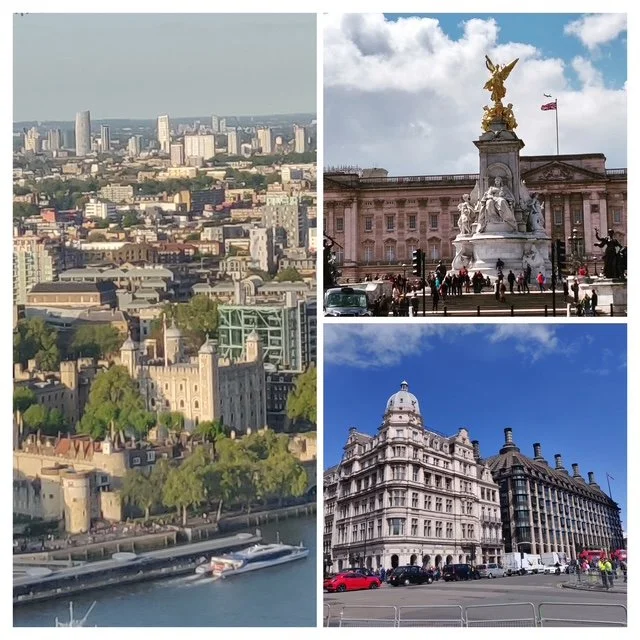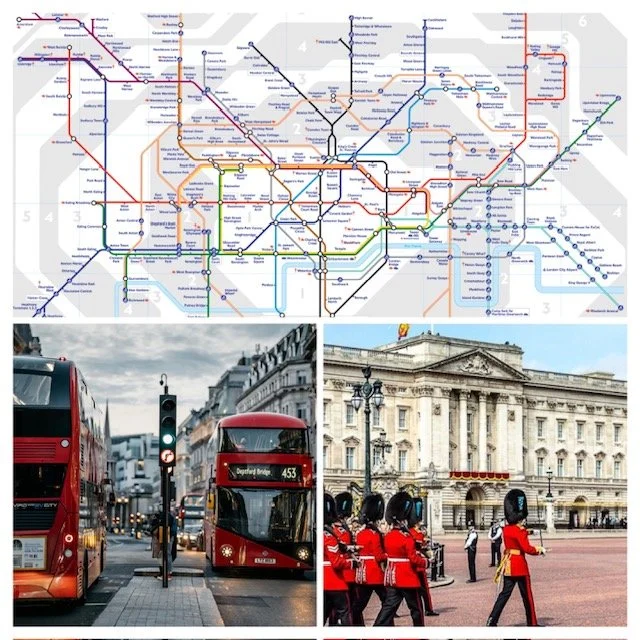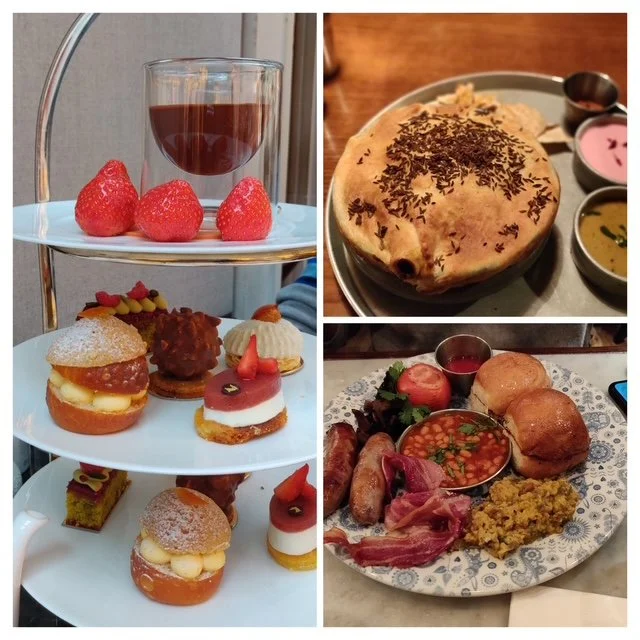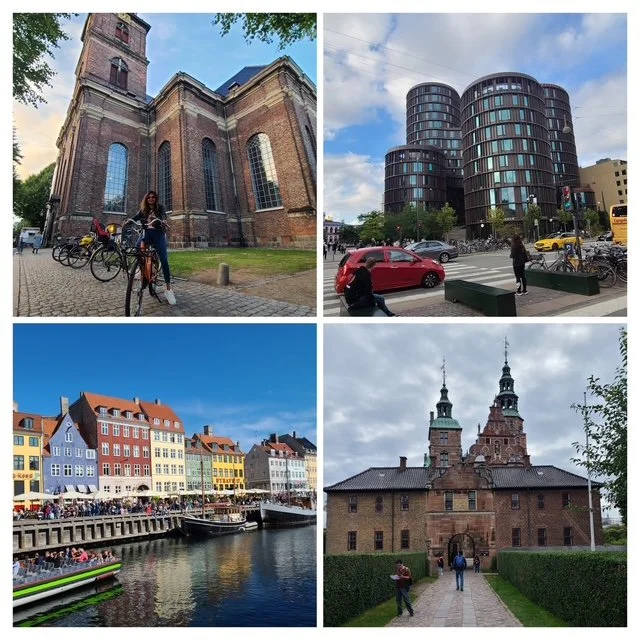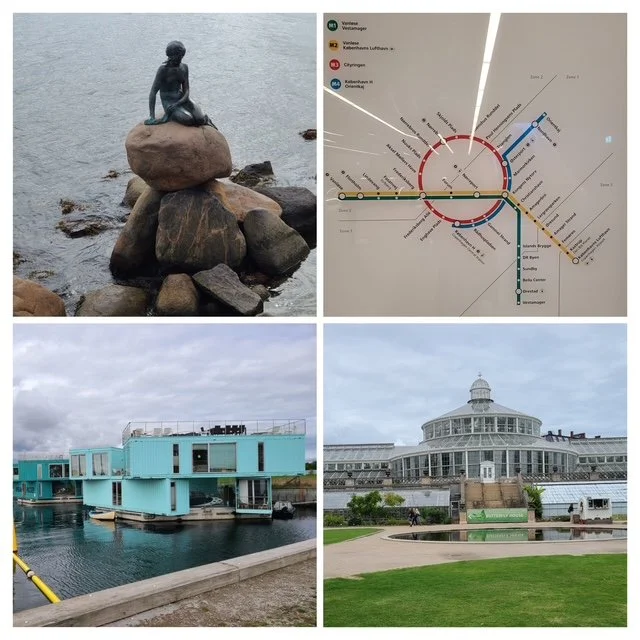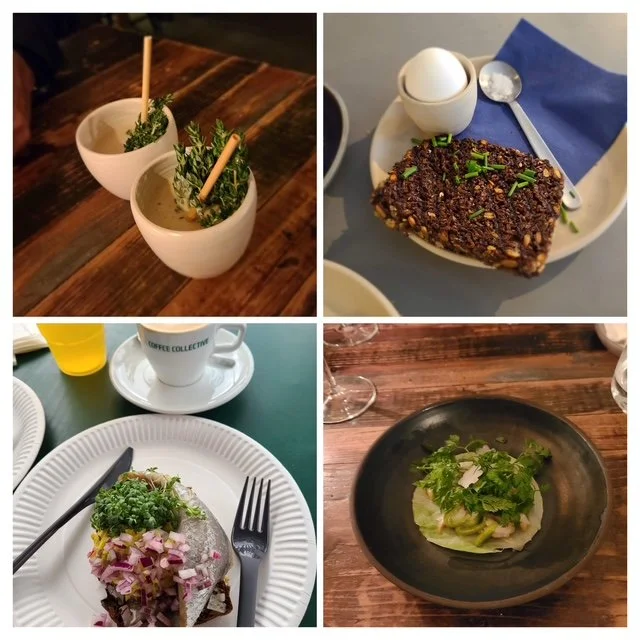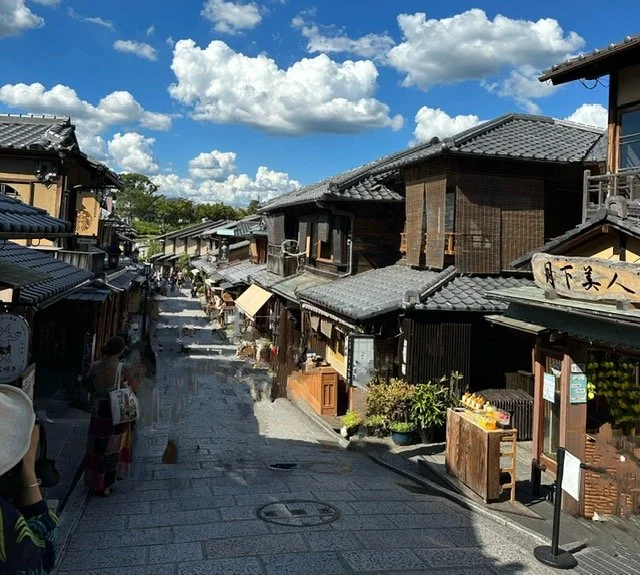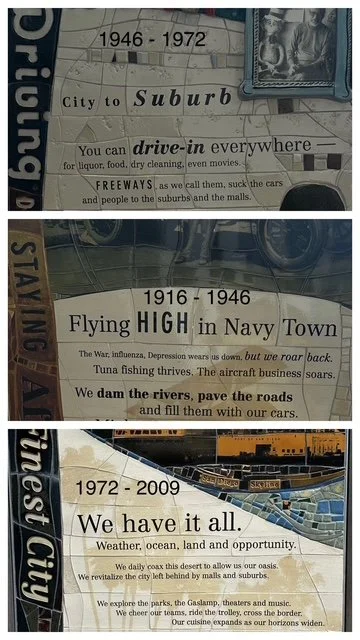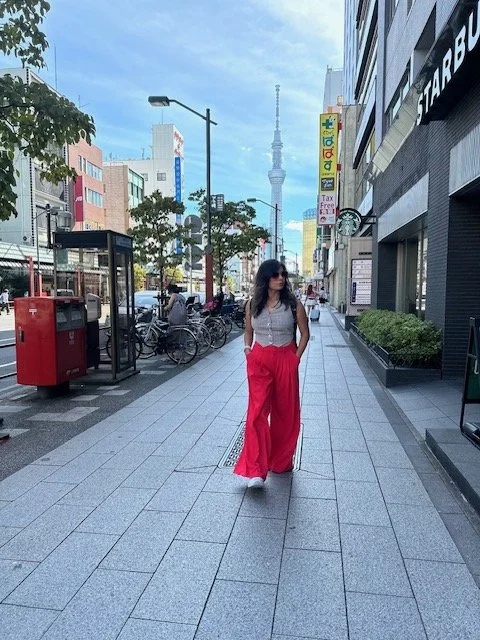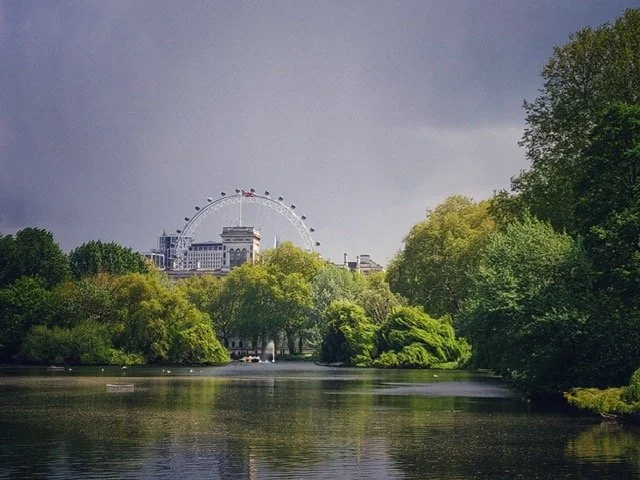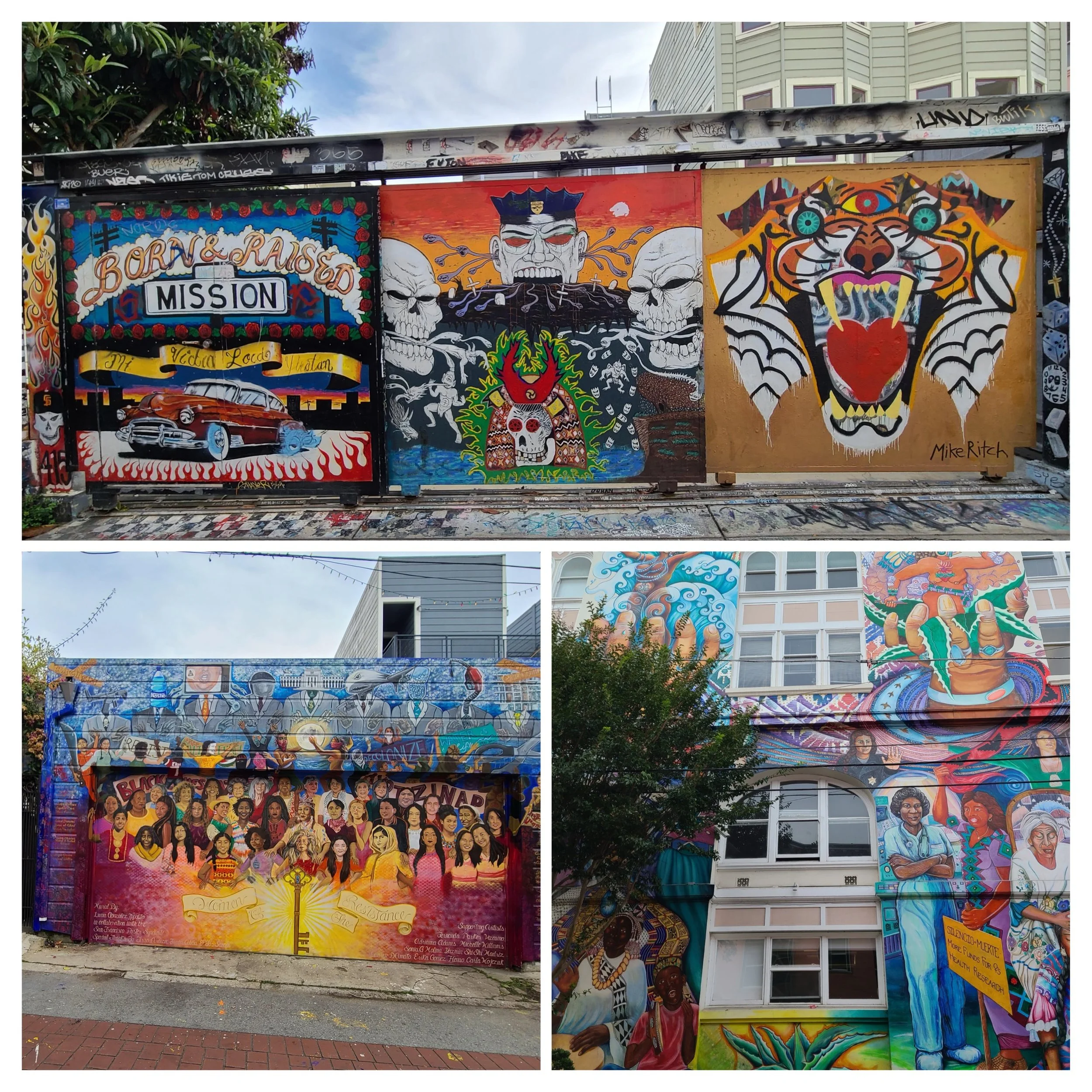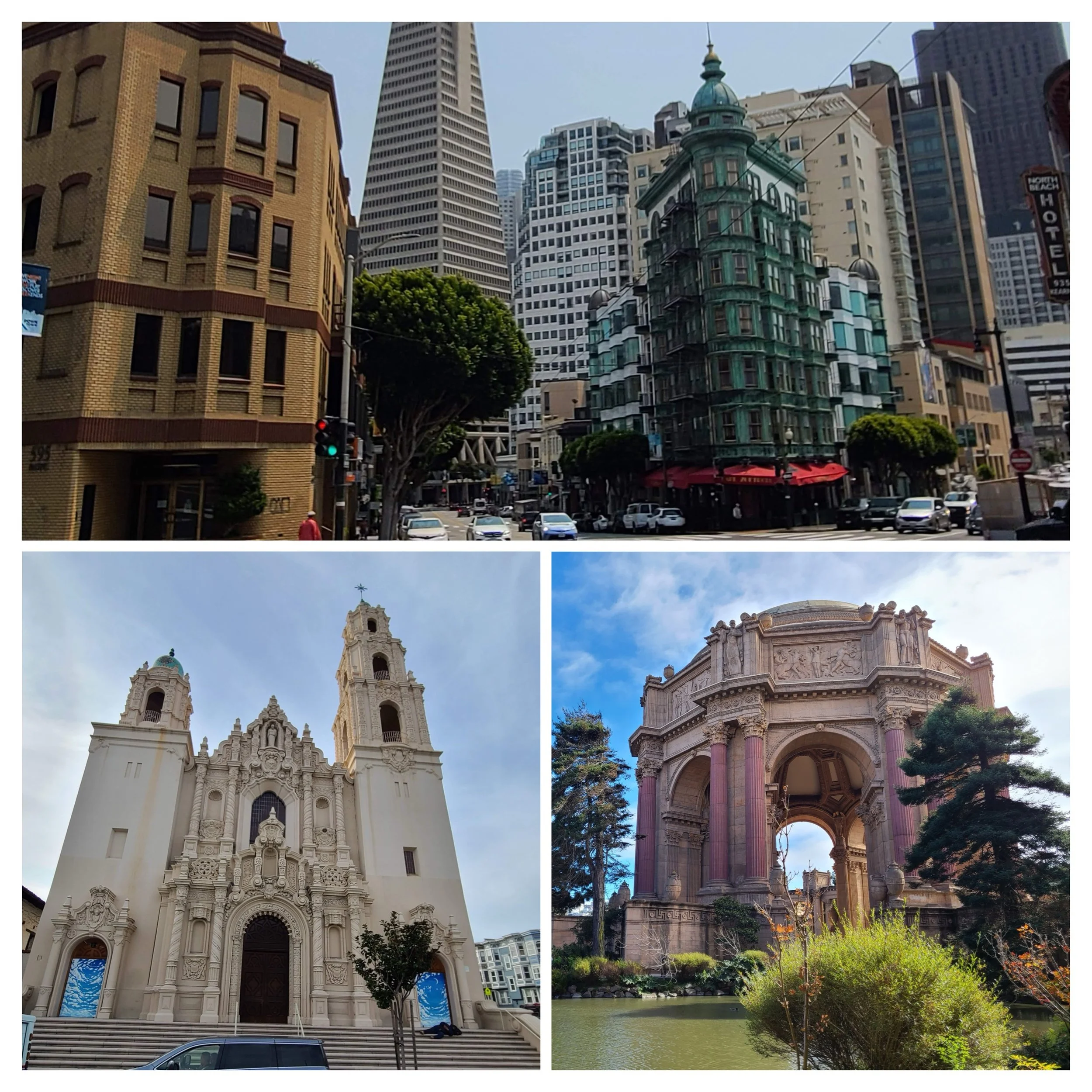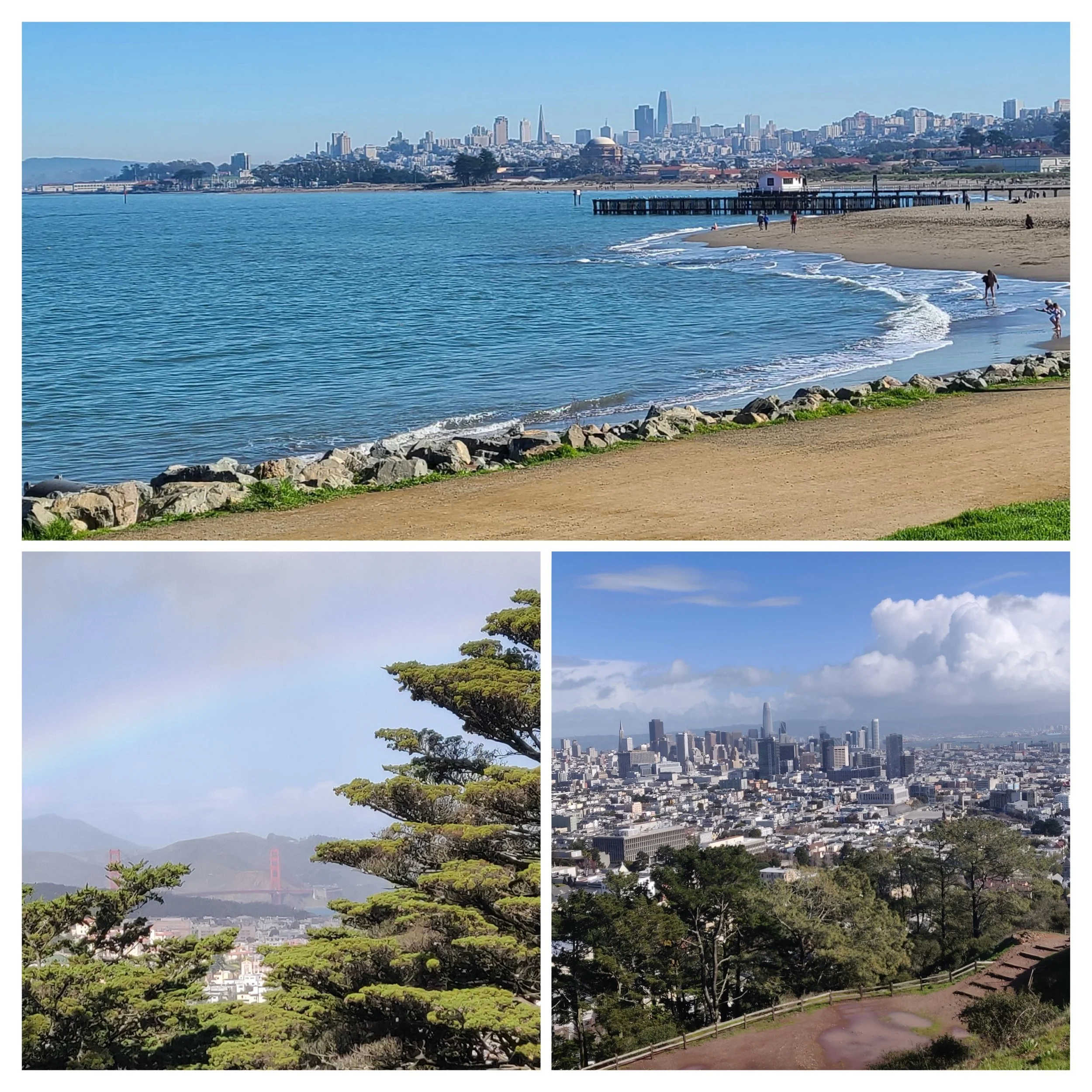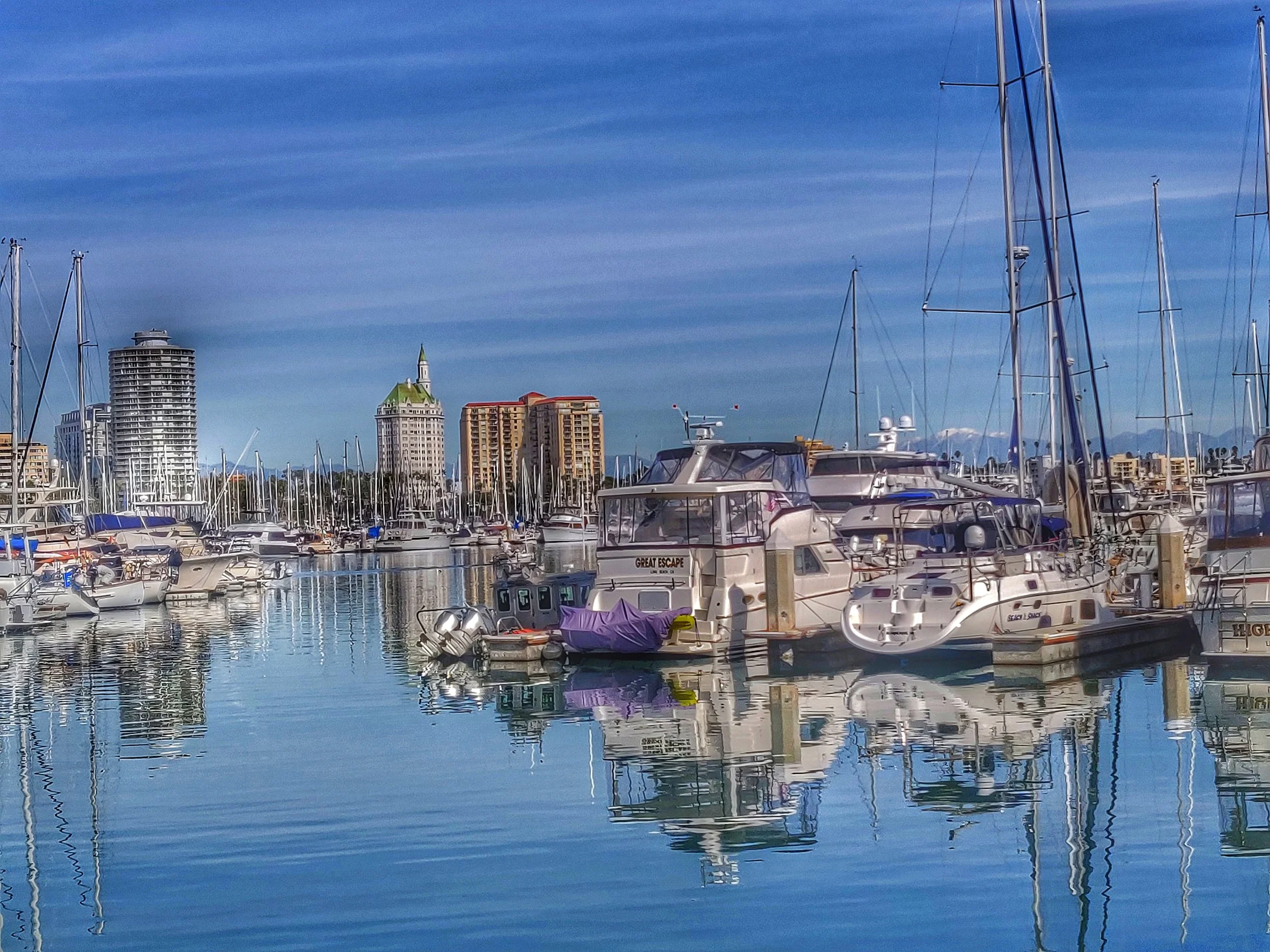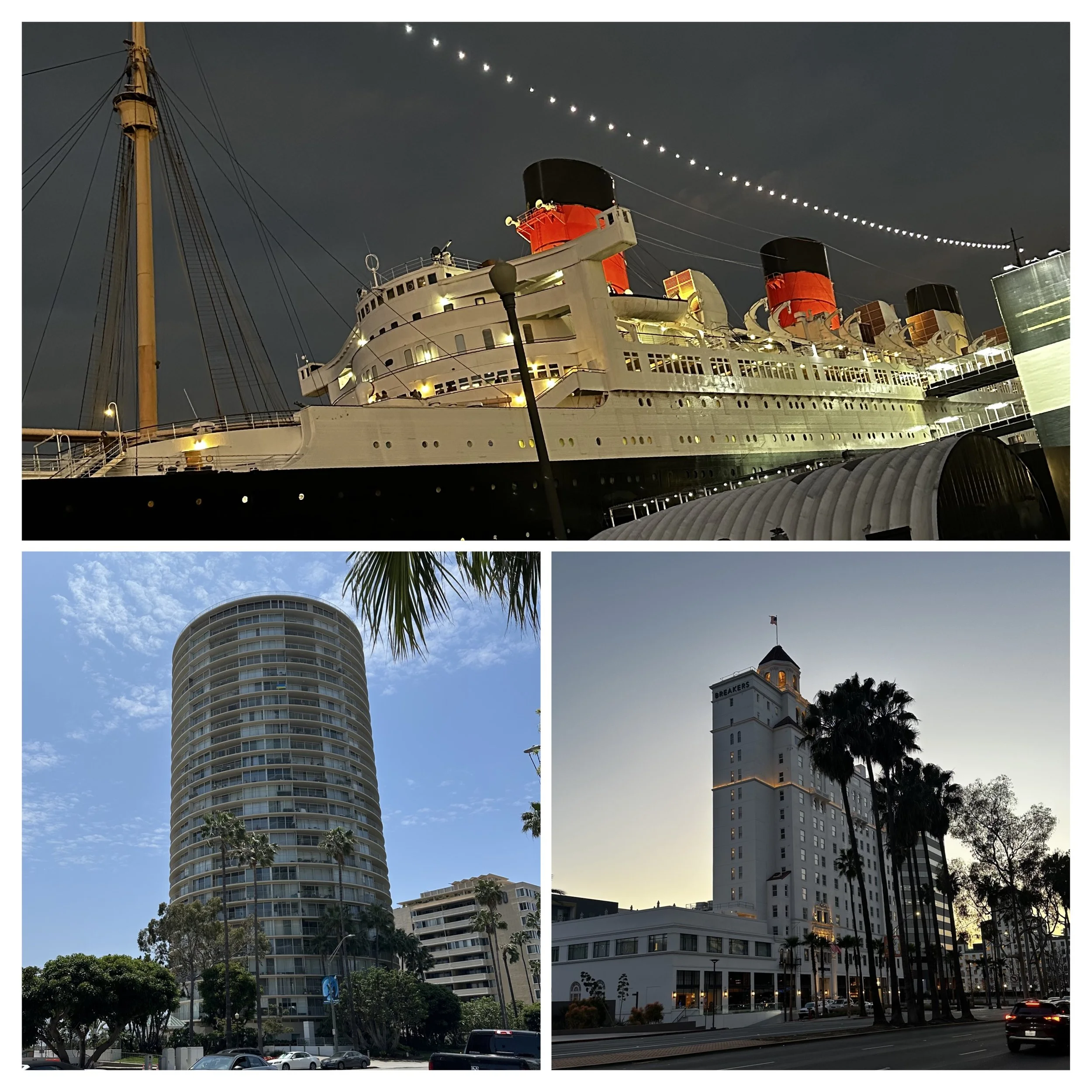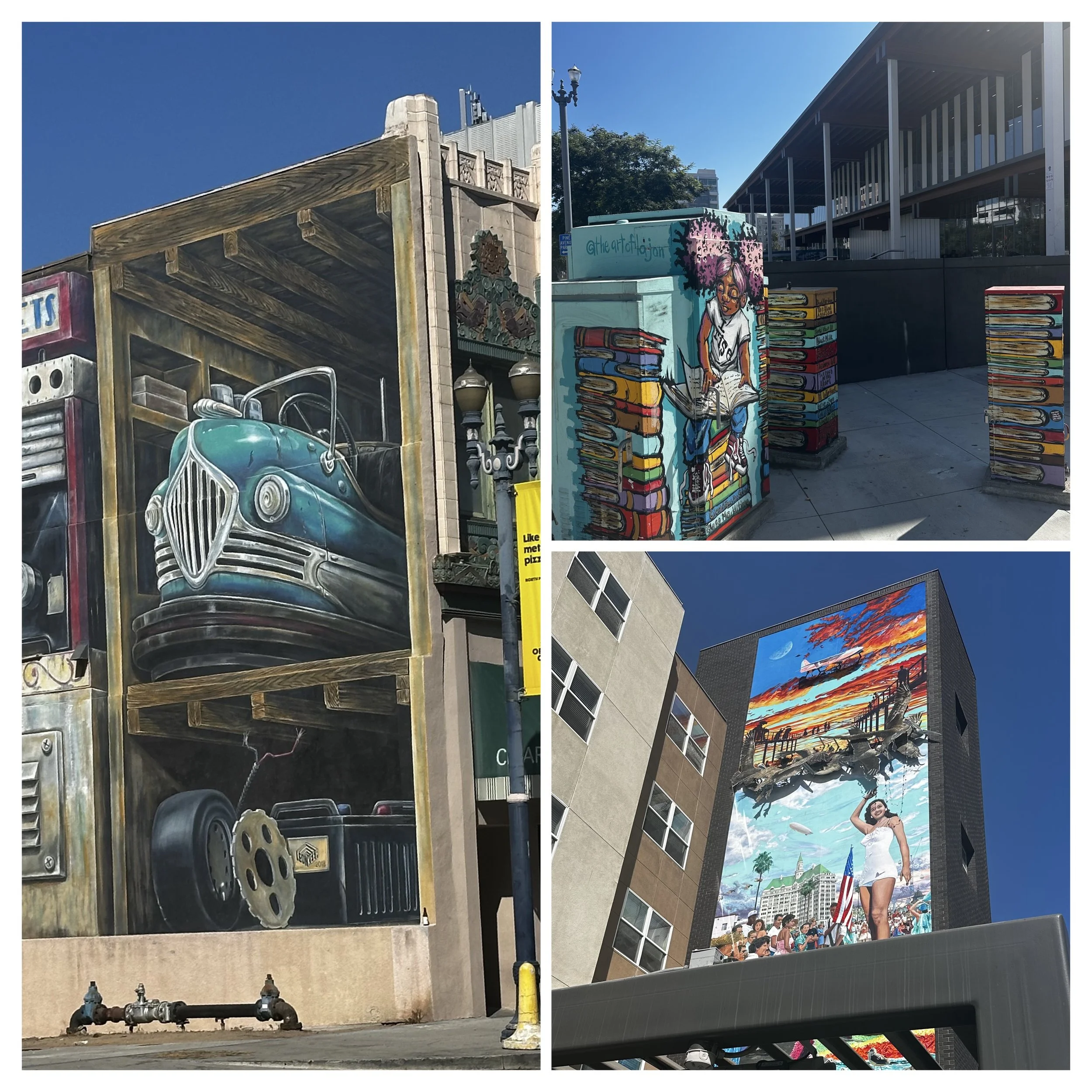The Walking Artist’s: Boston
BOSTON | WALKING TOUR | TRAVEL ARTIST | AMERICA’S FIRST | PERSONALIZE
If it weren’t for the brutal winters, Boston would absolutely be the city I’d call home. I spent nearly five years living there during my Ph.D., and I’m incredibly grateful to have had the opportunity to study in such an intellectually rich environment. Boston has long been known as one of the world’s great academic and cultural capitals—and honestly, it always felt surreal knowing I could be hanging out next to a future Nobel laureate at some random party!
Founded in 1630, Boston is one of America’s oldest cities. It tells a compelling story through its cobblestone streets, colonial façades, vibrant neighborhoods, and civic institutions. As one of America’s oldest cities, Boston is a living museum that harmoniously blends past and present. But beyond its historic charm, what makes Boston truly special is its pedestrian-friendly layout
One of the things that makes London so unforgettable for me is how easy it is to experience all of it — on foot and by public transport. A walk along the River Thames, past the Houses of Parliament, Big Ben, and the London Eye, reveals just how close history is to everyday life here.
Walking is a wonderful way to see the city, though London’s extensive public transport system—the famous Tube, bright red buses, black cabs, riverboats, and overground trains—makes it incredibly easy to explore quickly and comfortably.
Coming from a place where life often revolves around cars, I'm always a little in awe — and a little jealous — of how effortlessly Londoners move around without needing to drive. I’ve never lived in London myself (just visited a few times), but many of my friends made their move to London the same way I moved to the U.S. in my early twenties. Like any global city, London can be expensive to live in, but the silver lining is the incredible connectivity from surrounding towns and villages — making it possible to enjoy the best of London without being confined to the heart of it.
For visitors, the public transport system is a gift. You can hop on the Tube and in minutes be transported from the hustle of Oxford Street to the artsy vibes of East London or the leafy calm of Greenwich.
Want to explore Camden’s vintage markets in the morning, visit a world-class museum in the afternoon, and catch a West End show at night? The Tube makes it possible. And if you prefer a more scenic ride, the iconic double-decker buses are a perfect way to see the city from above. London’s walkability and transport system are about connecting you with the city’s soul. Take the Tube to King’s Cross and you’ll find yourself standing at the threshold of Harry Potter’s Platform 9¾. Jump on the Docklands Light Railway (DLR) to Greenwich, and you can straddle the Prime Meridian at the Royal Observatory.
Yet even in the middle of this vibrant, never-pausing metropolis, you’ll find pockets of peace. London’s parks—Hyde Park, Kensington Gardens, Regent’s Park—are like green sanctuaries, offering a chance to slow down, and reconnect with nature. You can lose yourself and forget that you’re in one of the busiest cities in the world!
Culture lovers are spoiled for choice. London has more museums than any city in the world, and many of them are nestled within walkable, vibrant neighborhoods. Spend an afternoon getting lost in the Tate Modern, marveling at treasures in the British Museum, or admiring masterpieces at the National Gallery! The city’s multiculturalism comes alive not just in its neighborhoods but in its events and food. From Chinese New Year celebrations in Chinatown to Caribbean festivals lighting up Notting Hill, London’s diversity is something to be celebrated.
And the food scene is a world of its own — a reflection of the city’s global character. Whether you’re sampling street food at Borough Market or indulging in Michelin-starred dining, London is a food lover’s paradise. And speaking of food: Indian cuisine in London is next level. Gymkhana and Dishoom are absolute must-visits.
We loved Dishoom so much we ended up going three times — and every single time, we left happier than before. The flavors, the vibe, and the breakfast bacon naan is just unforgettable. Another thing that caught my attention was the after-work happy hour culture. Thanks to London’s walkability and public transport, people don’t need to worry about driving home after a drink or two. Watching office colleagues spill out onto lively patios, sipping gin and tonics and laughing away the stress of the day, made me realize how much a city’s infrastructure can influence its social life.
Beyond the city limits, the incredible train network means weekend getaways are only a ticket away. Fancy a trip to Scotland, Ireland, or a charming English countryside village? It’s all within easy reach.
London isn’t just a place you visit — it’s a place you experience. A living museum, a constantly evolving canvas, a story that you become part of, one step, one ride, one moment at a time. So, lace up your walking shoes and get ready to fall in love and know why its in my top five!
The Walking Artist’s: Copenhagen
COPENHAGEN | TRAVEL ARTIST | BIKE FRIENDLY | SELF EXPLORE
Copenhagen consistently ranks among the world’s most livable cities. At the core of Copenhagen’s charm is its commitment to human-centered design. The city is compact and meticulously planned for pedestrians and cyclists. Over 62% of residents commute by bike daily. Here, getting around is not a chore but a joyous part of the experience, letting you soak up the atmosphere at every turn.
We spent a few days in Copenhagen and I had no idea how much I will fall in love with the city! We started our introduction to the city with the iconic 17th-century harbor district of Nyhavn - colorful townhouses lining the car-free quay, its filled with outdoor cafés perfect for a stroll and a drink. Though it looks touristy, we still had an amazing time especially during sunset as Nyhavn lights up as the most picturable. From Nyhavn, you can easily walk to Amalienborg Palace, home of the Danish royal family, to catch the Changing of the Guard ceremony. Adjacent is the beautiful Frederik’s Church (Marble Church) with its massive dome – you might just stumble upon it as you wander, since in Copenhagen the next stunning sight is never far. In the City Centre, Rådhuspladsen we got a chance to see an art exhibit thoughtfully installed to evoke a global unity message. Strøget is also there which reminds us of the walkability lifestyle that the Danish have embraced. Christiansborg Palace, Rosenborg castle and Tivoli gardens are worth exploring too.
One of my favorite things to do is to explore the architecture of the city and perhaps is one of the reasons why I enjoy walking/biking so much through any city. I stumbled upon a biking route to mapping the architectural marvels of Bjarke Ingels (https://www.visitcopenhagen.com/copenhagen/activities/architectural-big-bike-tour). It was a great way to capture a lot of the city and the suburbs from the 8Tallet in Ørestad to Dortheavej, a social housing concept. We enjoyed so much that day, stopping a few times to take in the sights or relish rye bread at a local coffee shop. I highly recommend this tour, it was one of my favorite moments in the city. Copenhagen seamlessly blends historical structures with innovative modern designs and this route was a refreshing realization that modern buildings dont need to be boring and can also hold up to the architectural marvels of the past.
Alternatively, you can do a Harbour Circle Bike tour or the Royal Parks and Palaces Walk. it’s a 13 km flat loop around Copenhagen’s harbor. It covers Nyhavn , cross the Inner Harbour Bridge to Christianshavn. Then the waterfront past Islands Brygge, continue down to Sydhavnen and Fisketorvet Mall, then come up the west side of the harbor. You’ll pass the Bicycle Snake bridge and Kalvebod Brygge, loop up to Sluseholmen canal district.The route zig-zags across the water at several points – including near Brygge Broen and by Refshaleøen. End by Nordhavn and Langelinie . The Harbour Circle truly showcases Copenhagen’s blend of old and new, and because it’s designed for cyclists, you’re mostly on dedicated paths the entire time. If you love green spaces, try linking Copenhagen’s lovely parks on foot. Begin at Frederiksberg Gardens then the Frederiksberg Allé and walk east into the cozy Vesterbro/Carlsberg area, then make your way to Søndermarken Park and the Cisternerne underground art space. Continue on to Assistens Cemetery in Nørrebro then over Dronning Louise’s Bridge to the Botanical Garden and Østre Anlæg park. From there, you can loop through King’s Garden at Rosenborg Castle and end at Østrebro’s waterfront near Kastellet fortress. This route strings together gardens, giving a peaceful path through several districts. it highlights how Copenhagen’s green refuges are connected in an emerald necklace accessible to all.
I didnt have much prior experience about Danish cuisine and I was pleasantly surprised. We took the train to the Torvehallerne Food Hall, its a gem for food lovers! Now im in love with smørrebrød (the traditional open-faced sandwiches). Its an ideal stop to find everything from fresh fish to organic veggies, cheese and more. Danish coffee shops and pastries are too good! Any coffee shop we went to, the coffee or the pastries were better than any where else. Next we were excited about our reservation at a gastronomique restaurant and oh boy it did not disappoint. Copenhagen’s gastronomic fame has skyrocketed with the New Nordic movement (think Noma and its kin). Atleast one of these - Amass, Geranium and Noma's new location should be on your list. I think my wish is to celebrate a milestone birthday with a reservation at the Alchemist.
Biking is so convenient in Copenhagen that in spite of our evening outfits, we preferred to bike to our dinner spot - Høst. It was one of the best meals ive ever had. The Danish food scene has really excelled at combining plant-based dishes with meat and truly shown the world that plant-based can be equally delicious and elevated.
Its seamless to hop around within the city without wasting too much time in commuting. Im sure you have heard that the Little Mermaid statue is not worth visiting. While its true, we still enjoyed getting there and combining it with visiting the star-shaped fortress Kastellet. A fun little secret- go around the statue and check out the ‘genetically modified Little Mermaid’! Its definitely thought provoking. Walk up the spiral stairs of The Church of our Saviour for an ariel view of central Copenhagen. Its beautiful to experience the baroque architecture and listen to some carillon. Nearby is the Freetown Christiania - a partially self governing city within a city. Spend the evening at one of the numerous bars and eating spots like the Broens street food space bistros like the Bistro Verde or the Mojoe Kitchen & Bar.
Copenhagen truly fosters an environment of happiness and well-being for its residents and visitors. Its commitment to sustainability, combined with its rich architectural heritage and forward-thinking food culture, creates a dynamic and inspiring atmosphere. Whether strolling through its vibrant streets, biking along scenic routes, or enjoying world-class cuisine, Copenhagen offers a holistic experience that prioritizes both the environment and quality of life, making it a model city for the future of urban living.
The Walking Artist’s: Why I love walkable cities
It all begins with an idea.
There’s a simple joy in stepping outside and immediately joining the rhythm of city life on foot. In that moment, the city feels alive and welcoming. Walkable cities and neighborhoods matter and here’s my perspective on why I am so passionate about walkability (walking, biking, public transit).
Walking to me is a social experience, walkability helps turn streets into little communities. Neighbors pause to chat outside a cafe; kids play on the sidewalks; businesses and vendors become familiar faces. I've experienced this first hand when we lived in the ‘Belmont Shore’ community of Long Beach. Research backs this up: adults who live in walkable neighborhoods are more likely to interact with neighbors and feel a stronger sense of community than those in car-dependent areas. The simple act of being out on foot creates opportunities for friendly hello’s and serendipitous conversations that just don’t happen when everyone’s in cars. Wouldn't a walk with your dog for a morning coffee be more enjoyable than a drive-in?
Walkable neighborhoods look appealing. Think of a charming, narrow street in an old town, or a boulevard with wide sidewalks and benches. These places invite you to slow down and enjoy the scenery. By contrast, car-centric areas often feature seas of asphalt parking lots and hulking garages that can make any place look drab. ‘Transitguy’ account on instagram talks exactly about this. City planner Jeff Speck famously noted how many downtowns in the 20th century destroyed their own beauty by paving over historic buildings for parking - until “places that were easy to get to [were] not worth arriving at” anymore. It’s a telling image: beautiful architecture and lively plazas replaced with rows of parked cars, leaving little for the eye to admire or the soul to connect with. Nobody travels the world to see a great parking lot.
Thought provoking murals near my place in San Diego. We designed all neighborhoods around a car-friendly life, we paved the roads and filled cities with parking lots.
As we step into the new era, we are rethinking communities and step by step
Walkable streets also let the unique history and architecture of a place shine. When you’re on foot, you can appreciate the details on building facades, from ornate carvings to quirky shop signs, that whiz by unnoticed in a car. Walking enhances your ability to notice the layers of a city’s story: the mix of old and new buildings, the monuments or murals that mark important events, Public art also thrives in places where pedestrians roam. From eye-catching graffiti art to sculptures in the park, art is meant to be experienced up close, at a human pace. One charming example is the “long beach mural …Personally, this is one of my favorite walk times - I disconnect from the everyday demands of life by losing myself on the streets admiring historical architecture, colorful murals and discovering hidden gems! Designing a city for walking tends to make it prettier!
One of the biggest advantages of a walkable lifestyle is how it quietly improves your health. In a neighborhood where walking (or biking) is safe and convenient, staying active becomes part of your routine. You walk to catch the bus, to pick up groceries, or just to get some fresh air. The physical benefits are impressive: walking burns calories, strengthens the heart, and can reduce the risk of conditions chronic diseases. One study of California cities showed that more walkable street networks were associated with lower rates of obesity and diabetes among residents. It makes sense – if your environment encourages you to move around, you’re less likely to lead a sedentary lifestyle. Walking is not just good for the body; it’s a tonic for the mind. Have you ever taken an evening walk to clear your head? Science supports that feeling: walking raises endorphin levels and lowers stress hormones like cortisol, improving mood and even sleep quality. Longer daily commutes by car, in contrast, are linked to higher stress and lower happiness. Being on foot also reduces feelings of isolation. Being a scientist in the health and wellness space, I cannot stress enough the importance of movement in everyday routine.
You can pause to peek into a bookstore window or detour down an intriguing alleyway on a whim. This spontaneity is part of the joy of travel and urban exploration. Tourists often say the best way to discover a city is on foot, and locals too find that walking lets them see their hometown with fresh eyes.
Travelers love cities that they can easily explore on foot or via transit, and they often stay longer and spend more in such places. Think of the world’s great tourist destinations: many are eminently walkable – from the historic streets of Paris and Kyoto to the vibrant markets of Istanbul.
This is me in Berlin enjoying the sights and sounds of the city on foot and S-Bahn.
It’s hard to talk about walkable neighborhoods without also mentioning public transportation, the vital partner that extends the range of your feet. Even the most enthusiastic walker needs to occasionally travel across town or to a different part of the region. That’s where good transit comes in. In cities like Copenhagen, Singapore, or London, an excellent network of buses, trains, or trams complements pedestrian life. I wish I had the option of taking public transit for work everyday but unfortunately California is not designed for that. I’m optimistic though that many urban planning concepts are designing with the “15-minute city” concept in mind! Public transportation, in essence, expands the walkable map of your life. For instance, Helsinki, Finland has a bold plan to eliminate the need for most car trips by 2050 by improving transit to the point that walking+transit can cover virtually all daily needs.
From the busiest global cities to small towns, a movement is growing to make our neighborhoods more walkable and transit-friendly. When we design places for people instead of just for cars, life simply gets better. Streets become prettier and more engaging, communities grow closer, and individuals become healthier and happier!
Life at “walking speed” encourages us to notice and appreciate our surroundings, to feel connected to other people around us, and to be present in the here and now. In a fast-paced world, that slower, human pace can be truly enriching. Whether you’re a traveler exploring a new city’s alleyways or a resident rediscovering your own hometown block by block, the ability to walk and wander is a gift. It’s the city’s way of opening itself up to you. So the next time you have a chance, take a stroll through a neighborhood – listen to the local sounds, peek into courtyards, chat with a shop owner, ride the tram to the next district and see what’s there. And as countless examples worldwide show, when a city embraces walkability and good public transit, it becomes not just a place you live in, but a place you can truly live with – vibrant, beautiful, and full of life at every step.
The Walking Artist’s: London
LONDON | WALKING TOUR | TRAVEL ARTIST | VACATION | SELF GUIDED
London has a way of capturing your imagination long before you ever set foot there. It’s no surprise that it’s firmly in my top five favorite cities in the world — and honestly, it’s a no-brainer. The vibrancy, the accessibility, the layers of history and culture woven into its streets — London offers a kind of urban experience that’s hard to match anywhere else.
Every visit feels like stepping into a living, breathing storybook. Wander through Covent Garden, Notting Hill, or Shoreditch, and you’ll stumble upon something unexpected at every corner: a historic building that’s quietly witnessed centuries pass by, a tucked-away café buzzing with life, a splash of street art that makes you smile. From the grandeur of Buckingham Palace to the haunting beauty of the Tower of London, the city unfolds with one breathtaking sight after another.
One of the things that makes London so unforgettable for me is how easy it is to experience all of it — on foot and by public transport. A walk along the River Thames, past the Houses of Parliament, Big Ben, and the London Eye, reveals just how close history is to everyday life here.
Walking is a wonderful way to see the city, though London’s extensive public transport system—the famous Tube, bright red buses, black cabs, riverboats, and overground trains—makes it incredibly easy to explore quickly and comfortably.
Coming from a place where life often revolves around cars, I'm always a little in awe — and a little jealous — of how effortlessly Londoners move around without needing to drive. I’ve never lived in London myself (just visited a few times), but many of my friends made their move to London the same way I moved to the U.S. in my early twenties. Like any global city, London can be expensive to live in, but the silver lining is the incredible connectivity from surrounding towns and villages — making it possible to enjoy the best of London without being confined to the heart of it.
For visitors, the public transport system is a gift. You can hop on the Tube and in minutes be transported from the hustle of Oxford Street to the artsy vibes of East London or the leafy calm of Greenwich.
Want to explore Camden’s vintage markets in the morning, visit a world-class museum in the afternoon, and catch a West End show at night? The Tube makes it possible. And if you prefer a more scenic ride, the iconic double-decker buses are a perfect way to see the city from above. London’s walkability and transport system are about connecting you with the city’s soul. Take the Tube to King’s Cross and you’ll find yourself standing at the threshold of Harry Potter’s Platform 9¾. Jump on the Docklands Light Railway (DLR) to Greenwich, and you can straddle the Prime Meridian at the Royal Observatory.
Yet even in the middle of this vibrant, never-pausing metropolis, you’ll find pockets of peace. London’s parks—Hyde Park, Kensington Gardens, Regent’s Park—are like green sanctuaries, offering a chance to slow down, and reconnect with nature. You can lose yourself and forget that you’re in one of the busiest cities in the world!
Culture lovers are spoiled for choice. London has more museums than any city in the world, and many of them are nestled within walkable, vibrant neighborhoods. Spend an afternoon getting lost in the Tate Modern, marveling at treasures in the British Museum, or admiring masterpieces at the National Gallery! The city’s multiculturalism comes alive not just in its neighborhoods but in its events and food. From Chinese New Year celebrations in Chinatown to Caribbean festivals lighting up Notting Hill, London’s diversity is something to be celebrated.
And the food scene is a world of its own — a reflection of the city’s global character. Whether you’re sampling street food at Borough Market or indulging in Michelin-starred dining, London is a food lover’s paradise. And speaking of food: Indian cuisine in London is next level. Gymkhana and Dishoom are absolute must-visits.
We loved Dishoom so much we ended up going three times — and every single time, we left happier than before. The flavors, the vibe, and the breakfast bacon naan is just unforgettable. Another thing that caught my attention was the after-work happy hour culture. Thanks to London’s walkability and public transport, people don’t need to worry about driving home after a drink or two. Watching office colleagues spill out onto lively patios, sipping gin and tonics and laughing away the stress of the day, made me realize how much a city’s infrastructure can influence its social life.
Beyond the city limits, the incredible train network means weekend getaways are only a ticket away. Fancy a trip to Scotland, Ireland, or a charming English countryside village? It’s all within easy reach.
London isn’t just a place you visit — it’s a place you experience. A living museum, a constantly evolving canvas, a story that you become part of, one step, one ride, one moment at a time. So, lace up your walking shoes and get ready to fall in love and know why its in my top five!
The Walking Artist’s: San Francisco
SAN FRANCISCO | WALKING ARTIST | TRAVEL | SELF-GUIDED TOUR | MURALS | GOLDEN GATE | VACATION
San Francisco has long been a mecca of progressive ideals - a city that has drawn those seeking to break free from the constraints of traditional society. Artists flourished here, and people from all over the world migrated to a place known for its spirit of rule-breaking and reinvention. In the 1960s and '70s, San Francisco became the epicenter of the gay liberation movement, cementing its reputation as a city that embraces diversity and change. This rich history has shaped San Francisco into a place unlike any other in America—welcoming everyone and everything with open arms, for better or worse.
I got the opportunity to live in San Francisco for a year and really experienced the complex mix of emotions the city evokes. It is a place of contrasts—where a vibrant art scene and rich cultural history exist alongside the natural beauty of Northern California, the dominance of the tech industry, the ongoing homelessness crisis, and the post-COVID migration shifts. San Francisco feels like a city constantly at odds with itself.
In Spite of the mixed feelings, what I enjoyed the most about San Francisco is the walkability and its proximity to nature. For a metropolitan American city, that's something to boast about! San Francisco consistently ranks among the most walkable cities in the U.S. along with access and close proximity to parks and forests. Thanks to its compact size, mild climate, and well-connected public transportation, you can navigate much of the city without a car and be amidst nature within a short drive.
San Francisco’s art scene thrives in unexpected places. Walk through almost any neighborhood, and you’ll find murals telling the stories of the city’s diverse communities. The Mission District is particularly famous for its street art, with Balmy Alley and Clarion Alley acting as outdoor galleries showcasing powerful social and political messages.
I once did a self-walking tour of the mission district starting with visiting the old mission , then strolling through the mural filled streets and alleys and ending at the vibrant facade of the women's building. I recommend taking a break to relish some croissants at the Tartine bakery or sample some chocolates at the Dandelion Chocolate factory!
San Francisco’s architecture is a blend of historic charm and cutting-edge modernism. Walking through different districts feels like stepping between eras. The city is famous for its "Painted Ladies," a row of colorful Victorian homes across from Alamo Square, as well as the elegant Queen Anne and Italianate-style houses scattered throughout.
The grandeur of City Hall, the War Memorial Opera House, and the Paramount Theatre reflect the city’s architectural splendor from the early 20th century. SF is also home to contemporary structures like the Salesforce Tower, the striking glass design of SFMOMA, and the undulating form of the de Young Museum.
Every weekend we rode our bikes along the water from the Bay bridge to the foot of the Golden Gate bridge and its a memory I will cherish forever. A six-mile stretch that showcases an astonishing variety of landscapes and cityscapes. The ride begins at the Ferry Building, with its bustling farmers' market and gourmet food stalls. The indoor mercado is a gem - fresh oysters, good bread, wild mushrooms and so much more. One can also catch a ferry from here to get to Alameda or Alcatraz which is a fun experience. Then comes the lively, tourist-packed Fisherman’s Wharf, where seafood shacks line the streets and a stop at the iconic Buena Vista Café for an Irish coffee is a must. Beyond the crowds, Aquatic Cove offers a hidden oasis for locals—a quiet spot to take a cold-water dip and bask in the sun amidst the city's energy.
Further along, the path ascends into a wooded area filled with Pacific Northwest trees, offering sweeping views of Fort Mason and the Pacific Ocean. The Marina Green is a perfect spot to spend the day with family and picnic by the beach. As I reach Fort Point at the end of the ride, I see Presidio at a distance which is a National Landmark and a must visit!
The city by the Bay ranks in top 10 for the number of parks and its proximity to every household! From Golden Gate park to Dolores, the city’s parks are well known and well kept. A quick drive out of the city and one has access to incredible spots from Sausalito to Muir Woods. Lesser known to the world but equally charming are Point Reyes, Russian River and Guerneville to the more popular destinations Napa and Sonoma. No where else have I seen such beautiful landscapes so close to a busy dynamic city!
San Francisco offers some of the best food in the country. There’s Michelin star chefs experimenting in new age restaurants, there are some holes in the wall lip smacking dishes and there are tons of cuisines to choose from. This is also a place where you will experience ‘first’ in tech. We enjoyed trying out numerous convenience apps, rideshare scooters and driverless cars long before it expanded to the rest of the country. In contrast, the city is grappling with the homelessness crisis and it's unfortunate that tourists have to avoid certain neighborhoods while locals also find it hard to pay exorbitant prices for real estate when it feels like the city is falling apart. But if you are a visionary, a liberal, a free spirit or a ‘walking artist’ like me, you will want to experience San Francisco!
With its iconic hills, charming neighborhoods, and a mix of historic and modern design, the city offers a vibrant experience for those who love to walk, explore , and soak in the beauty. Whether you’re a resident or a visitor, San Francisco’s walkability, artistic flair, and diverse culture make it a unique place for sure.
The Walking Artist’s: Long Beach
LONG BEACH | QUEEN MARY | WALKING ARTIST | WALKING TOUR | PUBLIC MURAL PROGRAM | VACATION | TRAVEL | SOCAL
There’s something magical about walking through neighborhood streets, soaking in the intricate architectural details, catching glimpses of the ocean in the distance, and immersing yourself in a city’s unique vibe. It's the little things—meeting friendly dogs along the way, the vibrant pulse of local life—that fills me with joy and fuels my creative energy.
Long Beach, CA is a city that I now lovingly call my “home”! I grew up in Mumbai, later moved to New York, then Boston for my studies, and have always been drawn to walkable cities and the lifestyle they offer. Whether it was the buzz of Manhattan streets or the New England charm of Boston, I’ve always loved being able to walk or use public transport to everything I need. But when I first arrived in Southern California, I realized that walkability here isn’t as common as I expected. In fact, it wasn’t even on most people’s "must-have" list when it came to choosing a place to live. After some searching, we found Long Beach—and we couldn’t be happier. Walkability to me is not just walking or biking for cardio (which is great) but it also is being able to do most of my daily errands and social connections within a walking distance and it's possible to have this lifestyle in Long Beach! I walk to restaurants, coffee, beach, grocery, courier, haircuts, dog grooming, gym and so much more!
Murals of Long Beach
Long Beach, California, often overshadowed by the glitz and glamour of its more famous neighbor, Los Angeles, is a city with its own unique charm. From its eclectic art scene to its miles of beach stretch, Long Beach has become a hub for creative expression and walkable living. There's so much to do and explore in Long Beach and it has something to offer to everyone. A few highlights include the iconic Queen Mary, which is docked here, offering a peek into the grandeur of the past. Shoreline Village, Rainbow Harbor, the massive Port of Long Beach and ofcourse the Long Beach Grand Prix annual event brings excitement to the city every April.
On hot summer days, I love heading to the "Horny Corner" Beach in Belmont Shore. It’s a perfect spot to rent a kayak and paddle through the Naples Canals, which give off serious Venice vibes. Afterward, I grab a poke bowl or ice cream while strolling back along 2nd Street, which is lined with quirky boutiques, cafes, and restaurants that pulse with a laid-back, beach town vibe. I frequently bike and cruise along the beach path. The ocean and the marina filled with boats on one side, and the city skyline on the other makes for a truly unique scene—especially since you don’t often see high rises in coastal towns. It’s a beautiful blend of beach life and urban energy.
Long Beach is ever evolving. Michelin rated chefs are pouring, the food scene is booming, and the city’s transformation is in full swing. Since COVID and the flexibility of working from home, many professionals have moved to Long Beach to experience beach living at an affordable cost and the city is embracing the transformation.
The downtown area is packed with art galleries, murals, sculptures, and cultural landmarks—all within walking distance. One of the most exciting aspects of Long Beach is its arts district, which stretches from the bustling downtown area to the East Village. The city has truly become a living gallery, with public art and colorful street murals that transform every corner into something visually stunning. The Long Beach Murals project has turned many blank walls into canvases for local artists, creating a constantly evolving outdoor gallery that invites exploration. If you are like me and love marveling at architectural history, Long Beach does not disappoint. Check out Cooper Arms and Villa Riviera built in the 1920s and experience the mid-century architecture of the International Tower , Cliff May homes and many more.
Long Beach has inspired me and made me happy. Whenever I feel stressed, I head to the beach for a walk. When I have free time, I go on my own walking tour of all the murals and when I need company, I walk to the nearby wine or cocktail bar for friends and conversations. If you are in SoCal, I invite you to come spend a day or two in Long Beach. And you might be surprised to find out that maybe your favorite show or movie was filmed in Long Beach! (hint: La La Land, Dexter, Lethal Weapon)!


